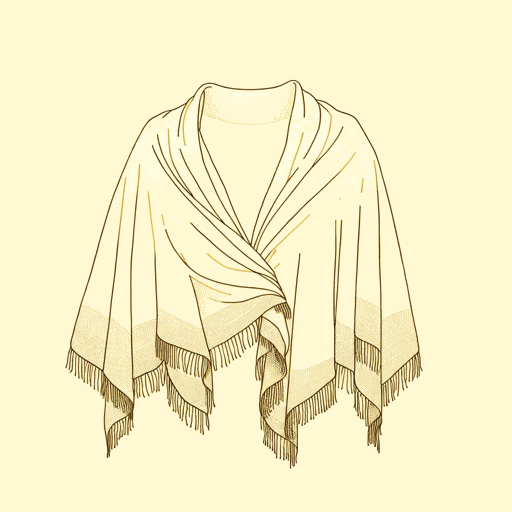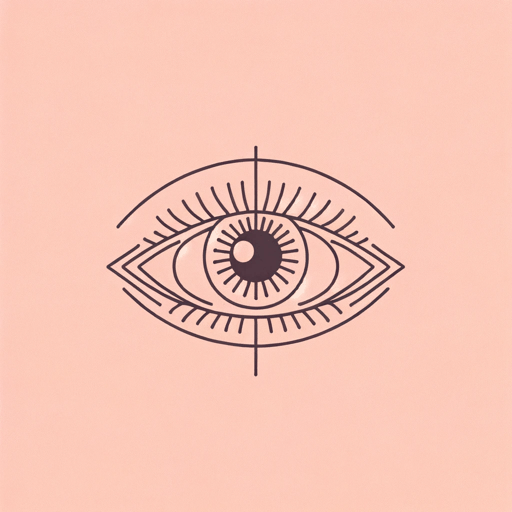56 pages • 1 hour read
Toni Cade BambaraThe Salt Eaters
Fiction | Novel | Adult | Published in 1980A modern alternative to SparkNotes and CliffsNotes, SuperSummary offers high-quality Study Guides with detailed chapter summaries and analysis of major themes, characters, and more.
Background
Cultural Context: Black Spirituality in the Americas
Minnie’s healing of Velma draws upon spiritual traditions that originated in West Africa but were impacted by the transatlantic slave trade. Minnie directly mentions a goddess from Yoruba when she says Velma is “one of Oshun’s witches” (43). Yoruban goddesses like Oshun and other deities from Dahomey were entwined with Indigenous West Indies beliefs because the slave trade stopped there. Christian missionaries caused Christian beliefs to become entangled with these African and West Indian beliefs. This mingling of gods and traditions resulted in Vodou in Haiti, Santeria in Cuba, and Voodoo (or Hoodoo) in the southern United States.
In The Salt Eaters, Minnie and Old Wife (her Christian but also witchy spirit guide) discuss the haints, which are also called the loa, referring to the Haitian gods. Early in the healing, Minnie looks “toward the stereo where the loa were setting up” (54). The loa are not simply used as a way to describe Velma or as just part of an ideological debate but are also present in the infirmary as intangible spirits. Minnie tells Old Wife that she cannot control the loa—she can only hope her offerings are enough to win their favor. This indicates that they are far more powerful than humans as well as present in the human realm.
Related Titles
By Toni Cade Bambara





